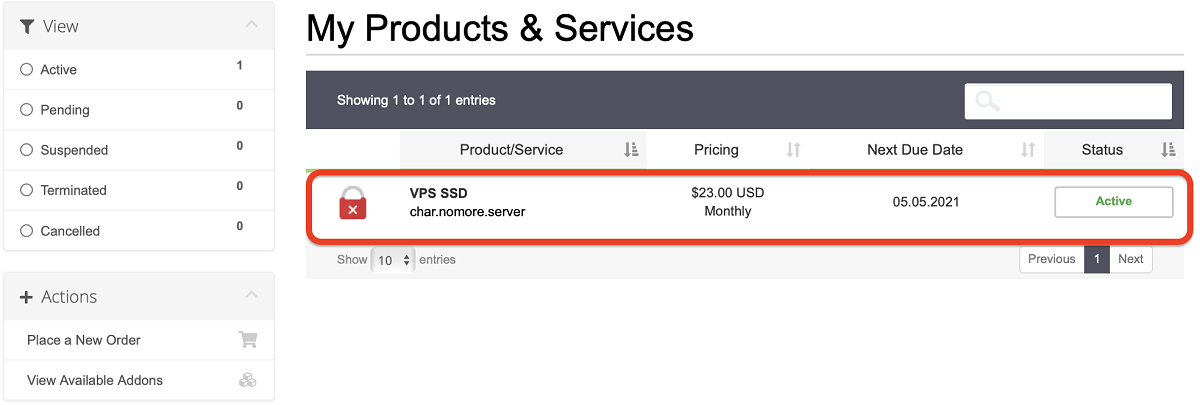

No wonder the Bitnami OVA is so big, it has way too much stuff! ) To compare the contents, I mounted the VMDK disk on a Linux system with the help of qemu-nbd. LVM root is sometimes challenging, and quite difficult to recover, so perhaps follow our approach instead )
#Bitnami owncloud increase disk code#
We suppress it with this code early in the boot process:ĭisks=`find /sys | grep max_write_same_blocks`ģ) Replace GRUB with Syslinux for faster boot.Ĥ) Setup LVM by default, so the disk can be expanded in the future. This made me question whether the boot was working or not.Ģ) The WRITE SAME error message is common for virtual machine disks. I’m not sure what the Bitnami appliance was doing behind the scenes during the boot process, since all output is suppressed early in the boot process.ġ) There is almost no output from the moment it boots until the login screen with the Bitnami banner. Both will likely be much faster using VMware, or a faster computer. Import and boot were done with VirtualBox on my MacBook Air. Jidoteki: 30seconds import, 30seconds boot

VM import and boot times were also quite interesting: We set ours to NAT by default, which limits access to the user’s local computer - default “secured” (I know, I know, NAT is not security.).Ĥ. I think that’s a security risk, albeit a rather small one, at the expense of convenience - which is something I usually frown upon. Bridged mode by default will automatically make the VM accessible on the local network - before it has a chance to be configured. I guess this doesn’t matter so much, since the user can change it themselves, but the pcnet32 adapter is a 10mbit adapter, compared with the e1000 which is 1gbit. Jidoteki: E1000 (Intel Pro/1000 MT Desktop) in NAT mode Of course that is entirely configurable.īitnami: PCNet32 (AMD PCnet-PCI II) in Bridged mode I thought this Bitnami disk setup was weird, since ownCloud can easily require a lot of disk space for storing its data - why doesn’t the the VM ship with a 2nd disk by default? Jidoteki includes a 2nd disk setup with LVM, and automatically expands on boot when the user attaches a 3rd, 4th, 5th, or even 6th disk. Jidoteki: 1 x 8GB disk (sda1) w/ext2, 1 x 250GB disk (sdb1) w/ext4 + LVM That’s a 10x difference in disk usage for a VM that does the exact same thing.Ģ. Jidoteki: 90MB compressed, 141MB uncompressed (on disk) The first thing I noticed were the file sizes:īitnami: 448MB compressed, 1.5GB uncompressed (on disk)

It’s almost identical to the x86_64 version.ġ. Here’s our post about a RPi ownCloud we built a while back. I recently stumbled on them again and decided to open up the Bitnami ownCloud virtual appliance, to compare it with a Jidoteki ownCloud virtual appliance I created just for testing. You may not use this file except in compliance with the License.I discovered Bitnami a while back, but never took the time to try out their virtual appliances. Licensed under the Apache License, Version 2.0 (the "License") If you have an issue related to one of our containers, please go to its specific repository in our GitHub organization and report an issue there. If you have an issue related to one of our charts, please go to the repository and report an issue there. You can have important information about a Cloud provider: There is an updated documentation at where you can find tutorials and FAQs. If the documentation didn't help you, we strongly suggest you to check the resolved issues and the on going ones before addressing an issue.
#Bitnami owncloud increase disk how to#
Popular applications, provided by Bitnami, ready to launch on:īefore continuing, please review our useful guides about how to configure and use your application in our documentation


 0 kommentar(er)
0 kommentar(er)
